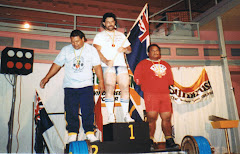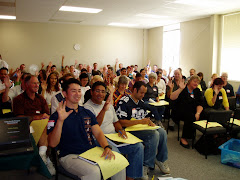
- Do you know what you must be?
- Do you know what it is that you identify as being?
- Do you know what you must become?
- Who must you be?
- What is your purpose, here on planet earth?
- What is it that would truly fulfill your life's existence?
Colin's Collection of Comments


"No Thanks".
"I don't like what you've done".
"No! Not at all, and don't come back!"
"We regretfully write to inform you that..."
"I don't love you anymore..."


Where did it go? How do I get it back? Can you get it back? Where did trust come from in the first place? This thing called trust, what's it all about?
Trust must be present in every human interaction where confidence, safety and service is important. It must be there in abundance and applied liberally in each and every situation, between work team members who wish to maintain both a productive and positive relationship.
OVER ARCHING
The umbrellaing principle that over arches trust is belief in what and who they are. Trust is able to be present fully, as a direct result of believing, that what a person says is true. By believing what they say, we allow trust to begin to grow and continues to flourish, when confirmation byway of action reinforces the initial belief that what was said to you is true. This creates a 4 phase feed-forward feed-back information loop which I have briefly outlined below:
The mystery of trusts origins lay in step1. It originates in your willingness to believe the other person is telling the truth. In my opinion, this first step relies entirely on you. You begin to trust others because you 1st decide that you will believe they are telling the truth. This original belief in others may in fact have a touch of skepticism and doubt, yet this tiny seed of trust has been sown between the 2 of you. Whether it grows or not will rely on how you interpret what the other person does or does not do.
Trust, once lost between people you work with or a product you have bought, (we can so readily put our trust in some very unusual things!) apparently is way harder to get back than it was to 1st give (can you tell I don't believe this?).
Loss of team trust between staff that work together or between staff and management is one I regularly work with to resolve.
GETTING it BACK
How do we establish trust again when once lost? To keep this article brief (which is what I've intended to do to this point) I'll quickly layout the steps I've found necessary for a team to regain trust for one another (works well for personal relationships also).
This process requires from its conception that each person have a degree or fragment of willingness to try to trust one another once again. This is where you must realise it will only work if you each commit to the process, and be willing to believe the other person once again.
If you are not going to do that, then accept things will not ever be the same between the 2 of you.
IMPORTANT TRUST POINT:
"Do I have to forgive and forget? I'll forgive but I wont forget!"
"...Then you will not regain trust." is my reply, when I am told this.
Yes, you are to be willing to forgive, and yes you must learn to forget! If you do not do both of these it will be as if nothing changed. You will be digging yourself a hole daily by not being willing to do both. You may not know how to forget but forget you can as too, can you forgive. Those who are not willing to deliberately forget will not regain the trust they once had.
So getting trust back is all about you - isn't it! It's about you doing the initial part. Being willing to enter into regaining trust by deciding you will begin to forgive and forget and to contribute to the renewing of this critical team component trust. Yes it can and often is complicated to get back. Can you get it back from wherever it went? Yes, most definitely and there are unique circumstances that each will face as each situation is different. The basis of it is laid out above. It's up to you if you care enough to want to begin the process.
Contact me if you're willing or needing to regain & re-establish the trust within your team once again or for yourself.
Bye for now...















































